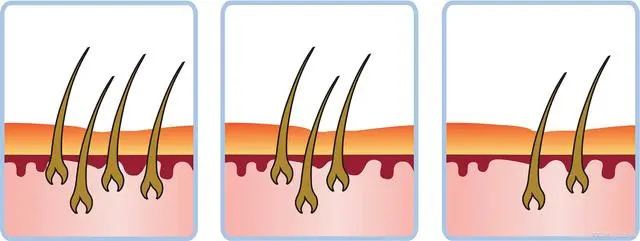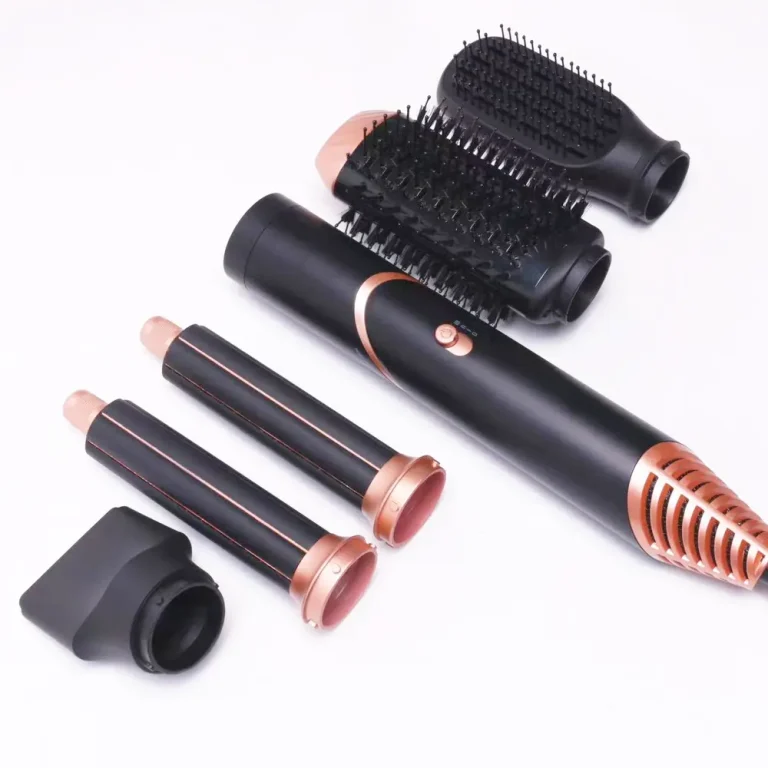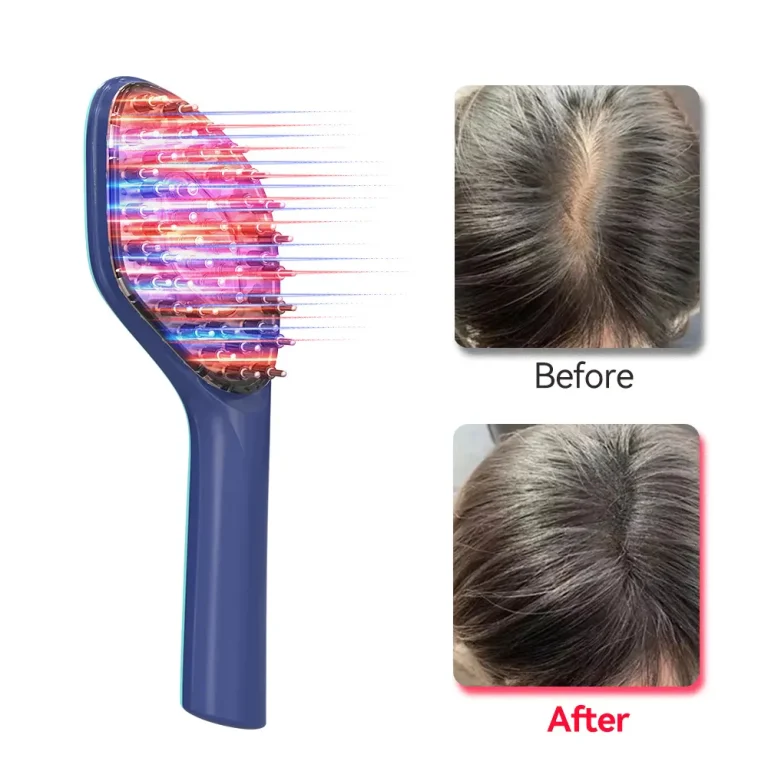Alopecia, a condition characterized by hair loss, can be a distressing experience for those who suffer from it. While there is currently no cure for alopecia, there are treatments available that can promote regrowth of hair. However, it is important to understand that regrowth is a journey and it occurs in stages. In this article, we will explore the various stages of alopecia regrowth and the factors that can influence the process.

Stage 1: Telogen Effluvium
The first stage of alopecia regrowth is known as telogen effluvium. This stage is characterized by the shedding of hair, which can be alarming for individuals who are experiencing it. However, it is important to note that shedding is a natural process and can occur due to various factors such as stress, hormonal changes, and medication. In telogen effluvium, the hair follicles are in the resting phase, which means that they are not actively producing new hair.
During this stage, it is important to address any underlying factors that may be contributing to the shedding. For example, if stress is the cause, then relaxation techniques such as yoga and meditation may be helpful. Similarly, if medication is causing the shedding, then a change in medication may be necessary. Once the underlying factor is addressed, the shedding should stop and the hair follicles will move on to the next stage of regrowth.
Stage 2: Anagen Effluvium
The second stage of alopecia regrowth is known as anagen effluvium. During this stage, the hair follicles are actively producing new hair. However, the hair that is produced is weak and fragile, and it tends to fall out easily. Anagen effluvium can be caused by chemotherapy, radiation therapy, and other medical treatments.
During this stage, it is important to take care of the hair that is growing. This can be done by using gentle hair products and avoiding heat styling tools such as flat irons and curling irons. A healthy diet rich in vitamins and minerals can also help to promote strong hair growth.
Stage 3: Catagen Phase
The third stage of alopecia regrowth is known as the catagen phase. During this stage, the hair follicles begin to shrink and detach from the hair shaft. This is a natural process and it is necessary for the hair to enter the next phase of regrowth.
During this stage, it is important to continue to take care of the hair that is growing. This can be done by using gentle hair products and avoiding heat styling tools. It is also important to maintain a healthy diet and avoid any factors that may be contributing to hair loss.
Stage 4: Telogen Phase
The fourth and final stage of alopecia regrowth is known as the telogen phase. During this stage, the hair follicles are once again in the resting phase. However, this time, they are ready to produce new hair. The old hair is shed, and the new hair begins to grow.
During this stage, it is important to continue to take care of the hair that is growing. This can be done by using gentle hair products and avoiding heat styling tools. It is also important to maintain a healthy diet and avoid any factors that may be contributing to hair loss.
Factors Affecting Alopecia Regrowth
There are several factors that can affect the regrowth of hair in individuals with alopecia. These factors include:
Type of Alopecia: The type of alopecia that an individual has can influence the regrowth process. For example, individuals with androgenetic alopecia may have a slower regrowth process than those with alopecia areata.
Age: Age is another factor that can affect alopecia regrowth. Younger individuals may have a faster and more complete regrowth process than older individuals.
Severity of Hair Loss: The severity of hair loss can also impact the regrowth process. Individuals with mild to moderate hair loss may have a faster and more complete regrowth process than those with severe hair loss.
Underlying Health Conditions: Underlying health conditions such as thyroid disorders and autoimmune diseases can impact the regrowth process. It is important to address these underlying conditions in order to promote healthy hair regrowth.
Lifestyle Factors: Lifestyle factors such as diet, exercise, and stress levels can also affect alopecia regrowth. A healthy diet and exercise routine can promote healthy hair growth, while high levels of stress can contribute to hair loss.
Conclusion
Alopecia regrowth is a journey that occurs in stages. Understanding the various stages of regrowth can help individuals with alopecia to know what to expect and how to care for their hair during each stage. It is also important to address any underlying factors that may be contributing to hair loss in order to promote healthy regrowth. With patience and care, individuals with alopecia can achieve healthy, full hair regrowth.











